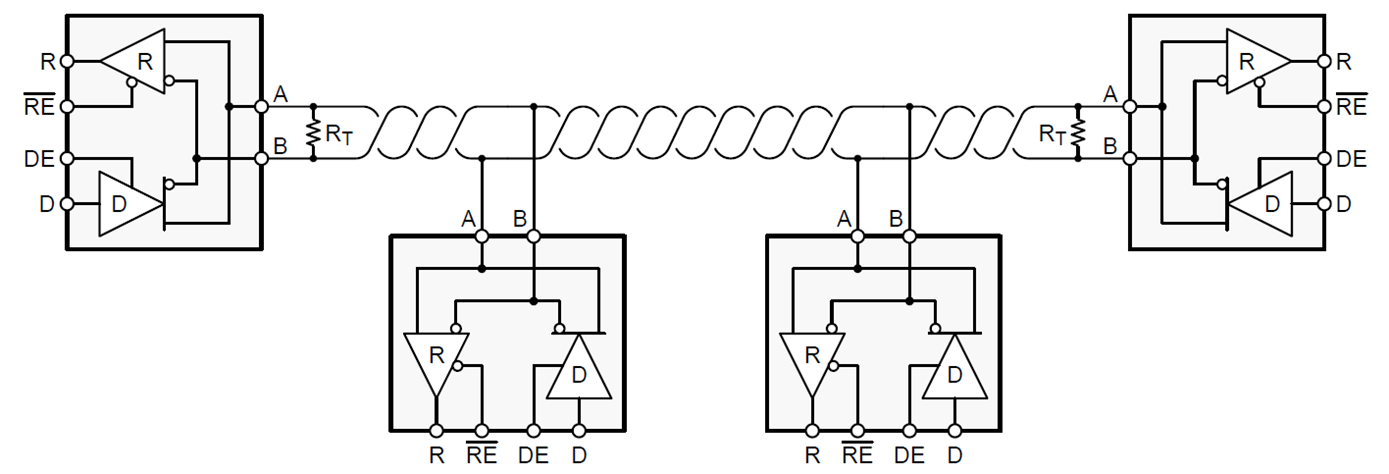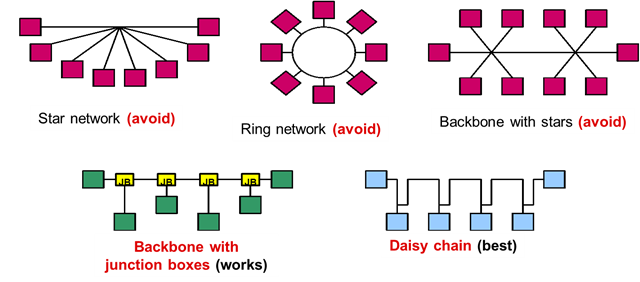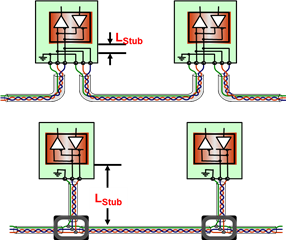Hi Team,
My customer is facing a problem when using THVD1500. They set the RL=120ohm and found that the output current, driver allows only 60mA. They think the drive capability is a little low when they are adding more than6 THVD1500 on the same bus. (6x120ohm in parallel is 20ohm, 20ohm*60mA=1.2V on the Bus) I am not sure if it is really the gap of drive capability of THVD1500 or the understanding of customer is wrong on this case?
If the it is the drive capability issue of THVD1500, do we have some coming devices with higher driver output current?
If it is the misunderstanding or there are some methods to improve based on customer's situation, could you pls give us some explanation and insight on this?

Thanks for your support!






